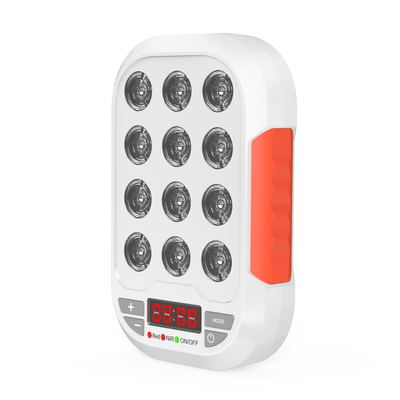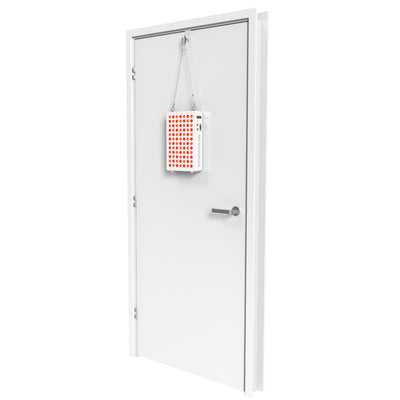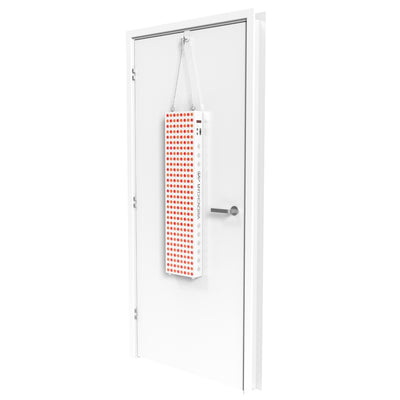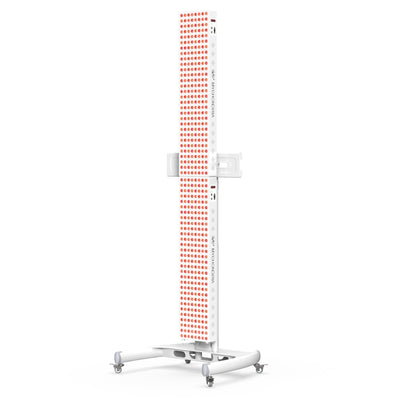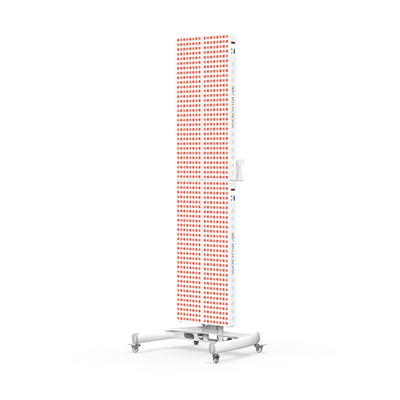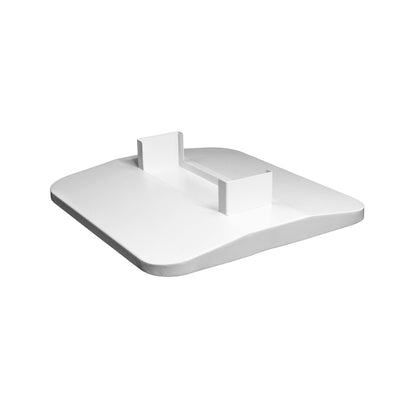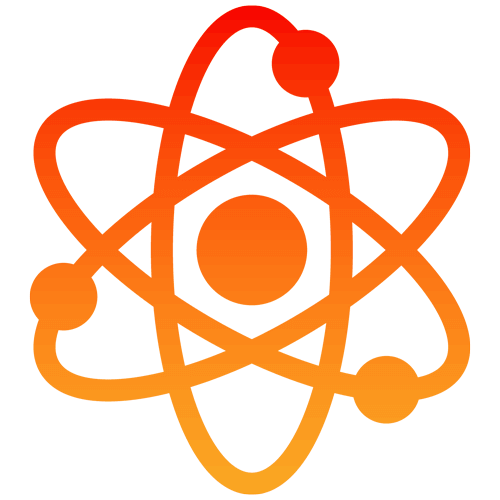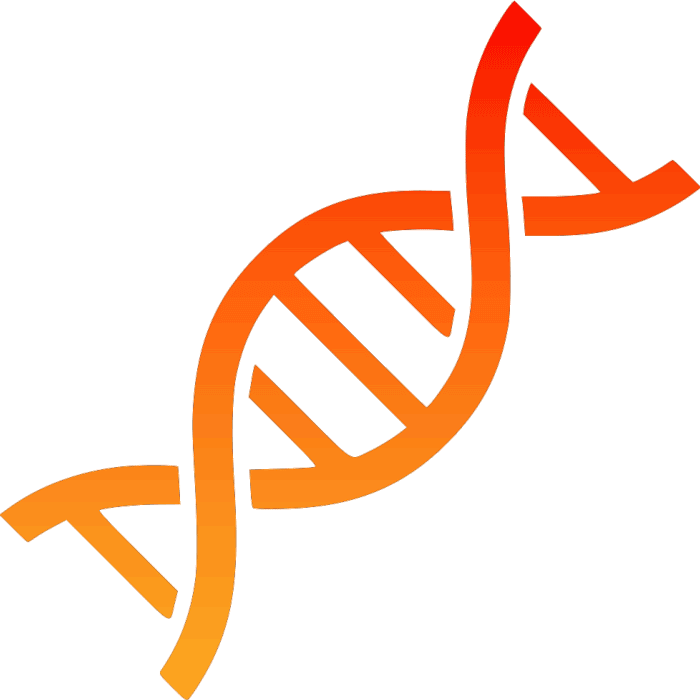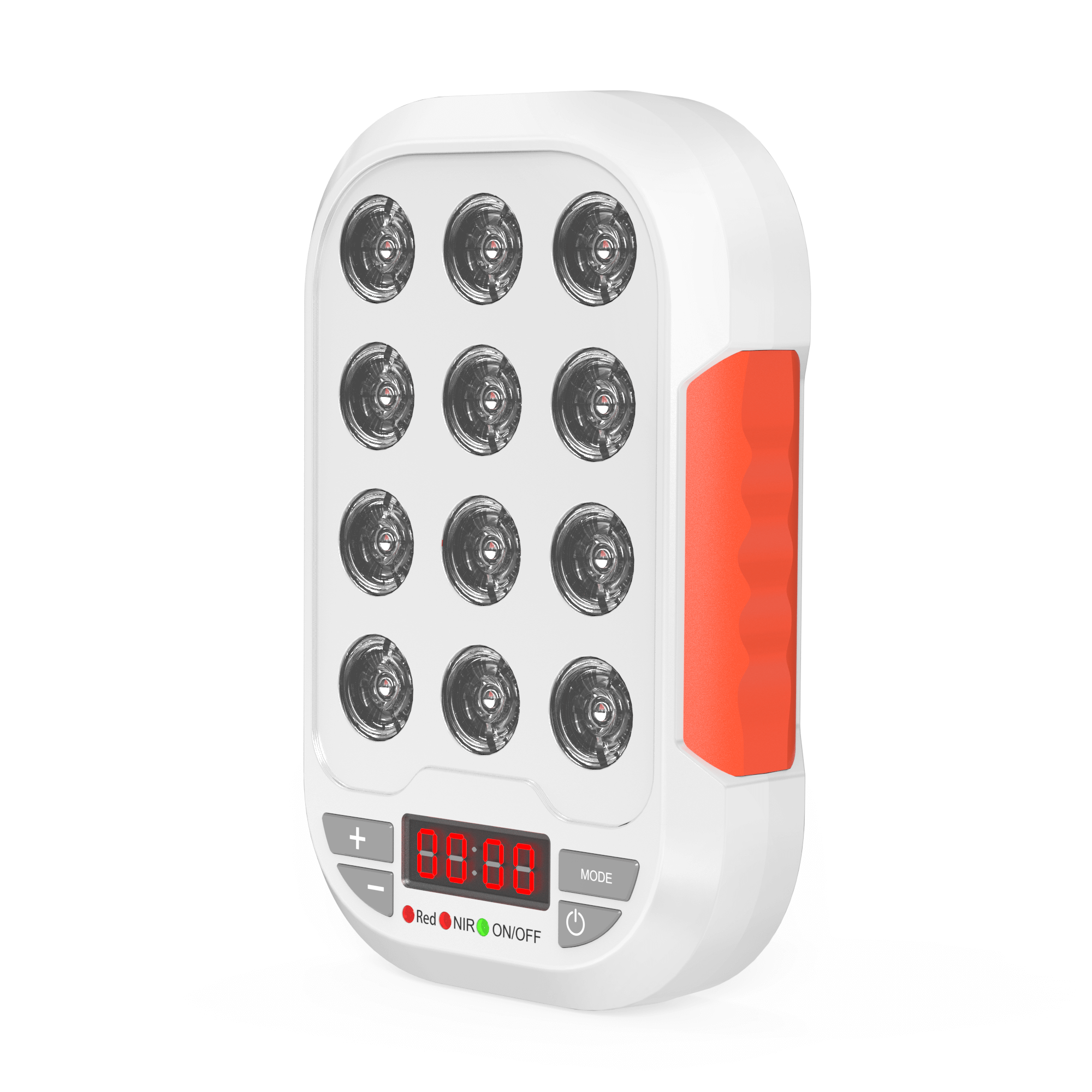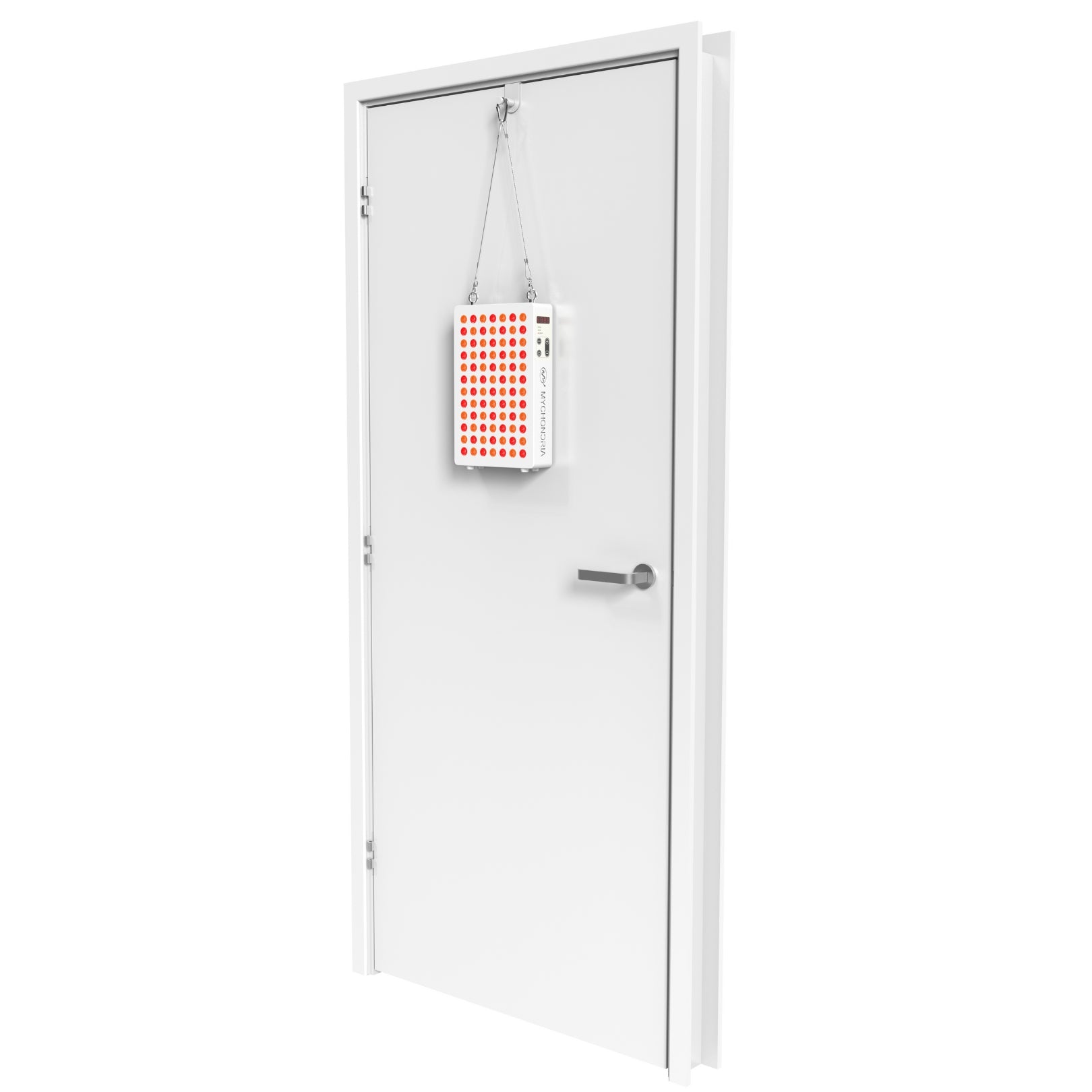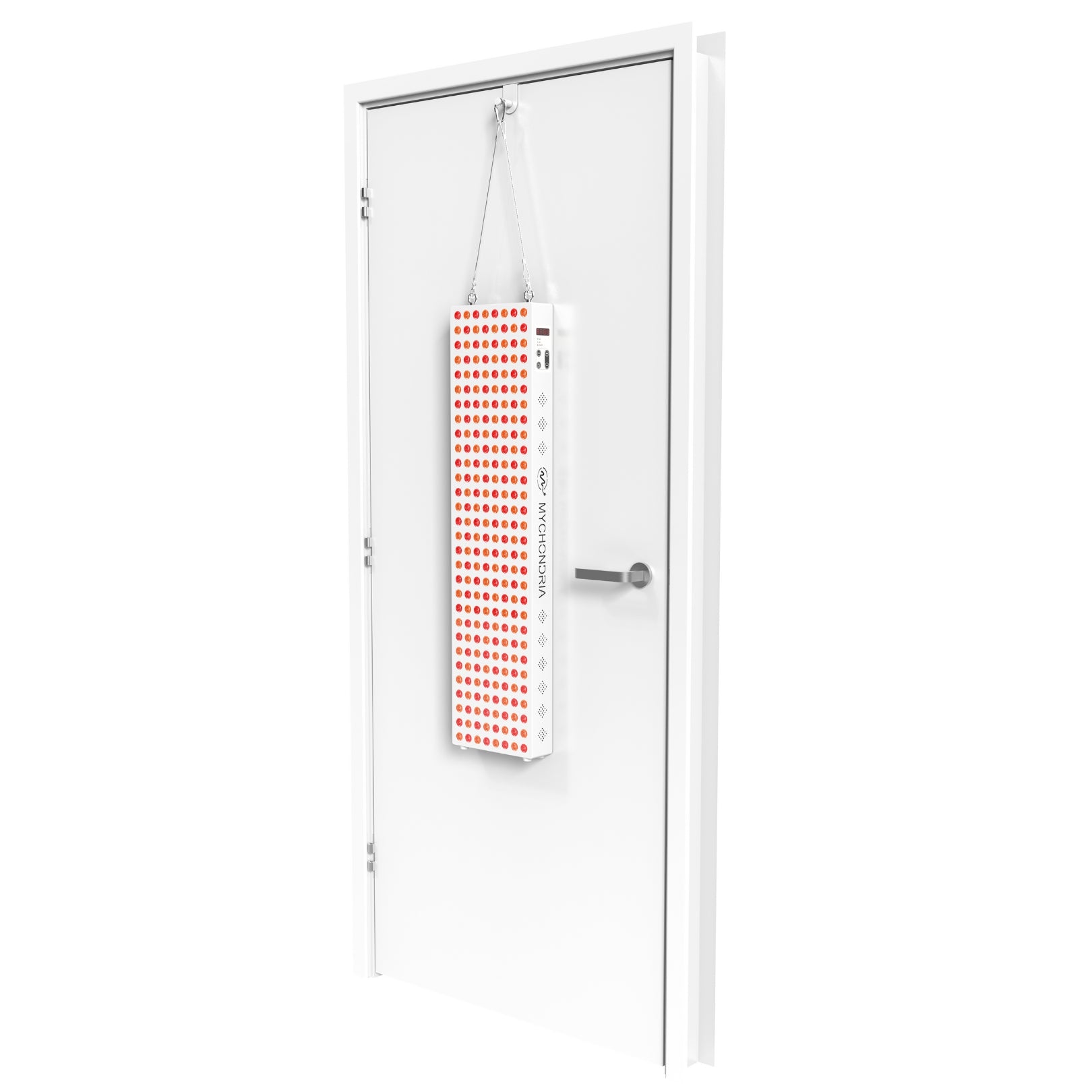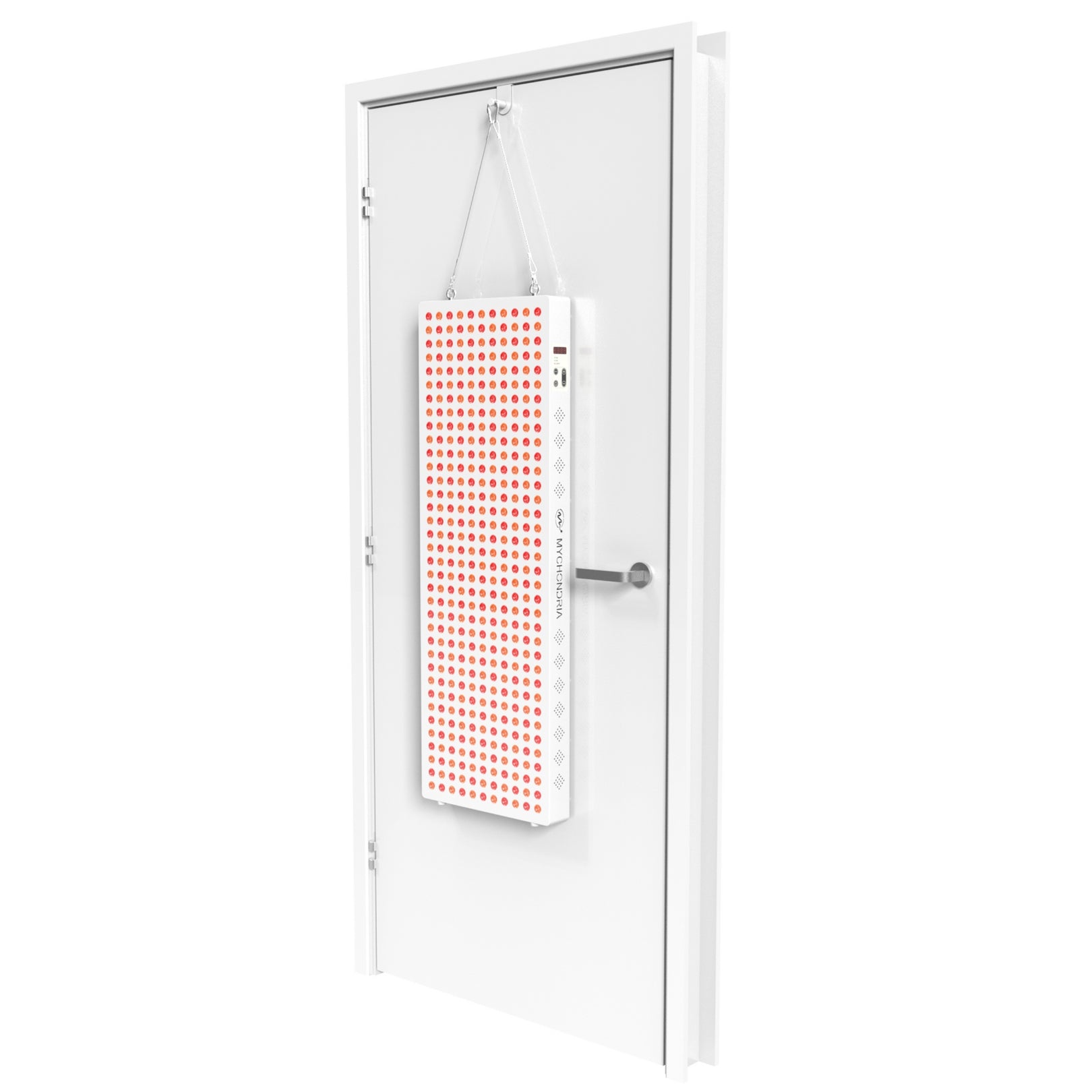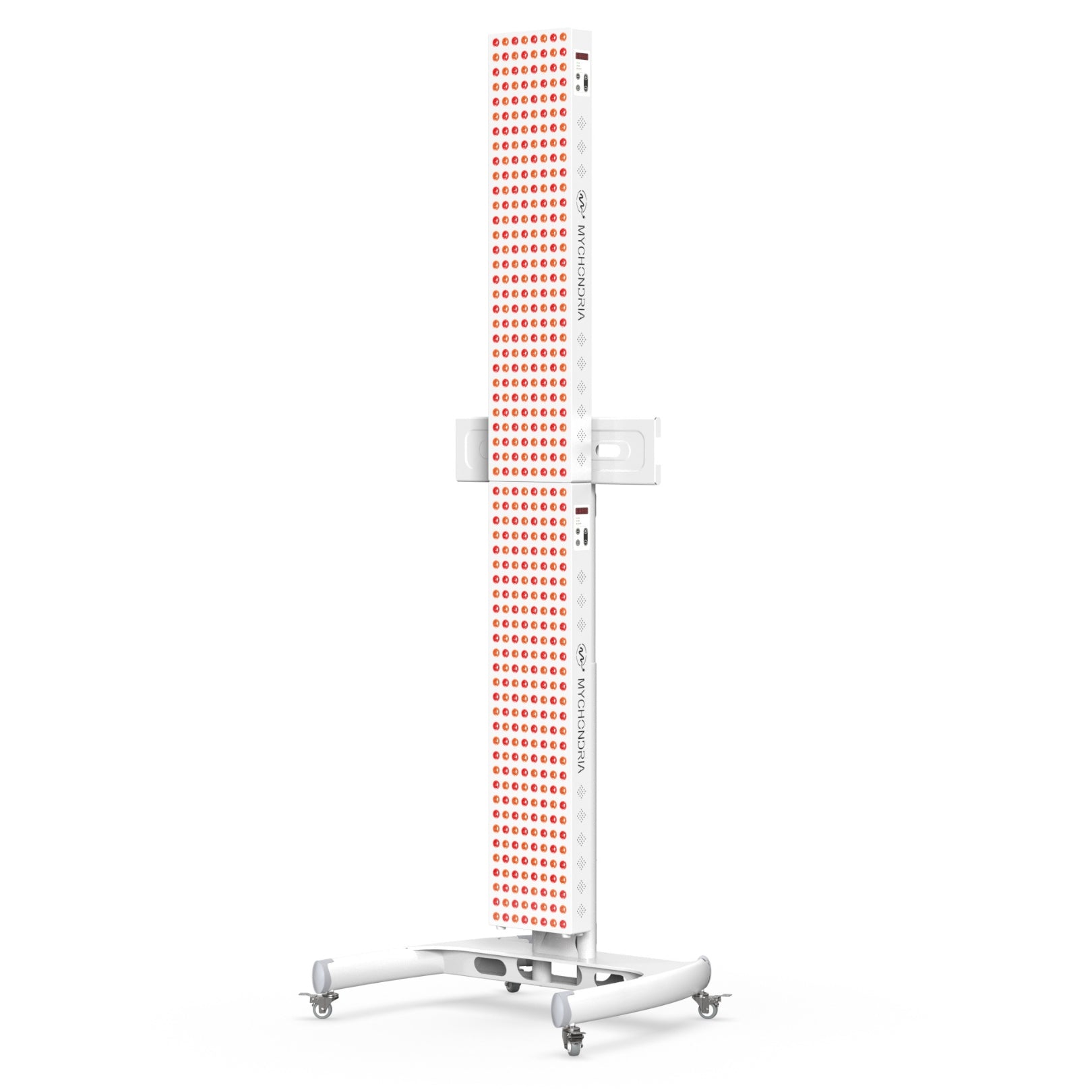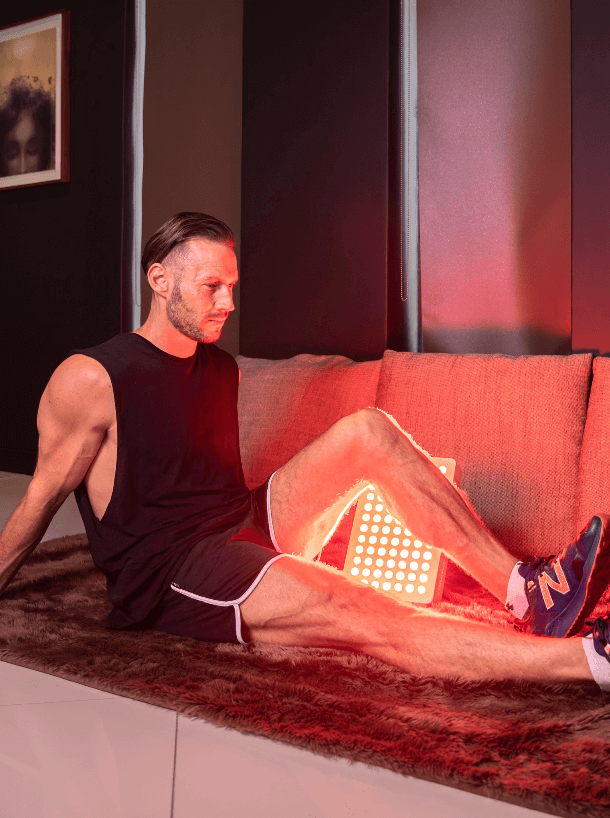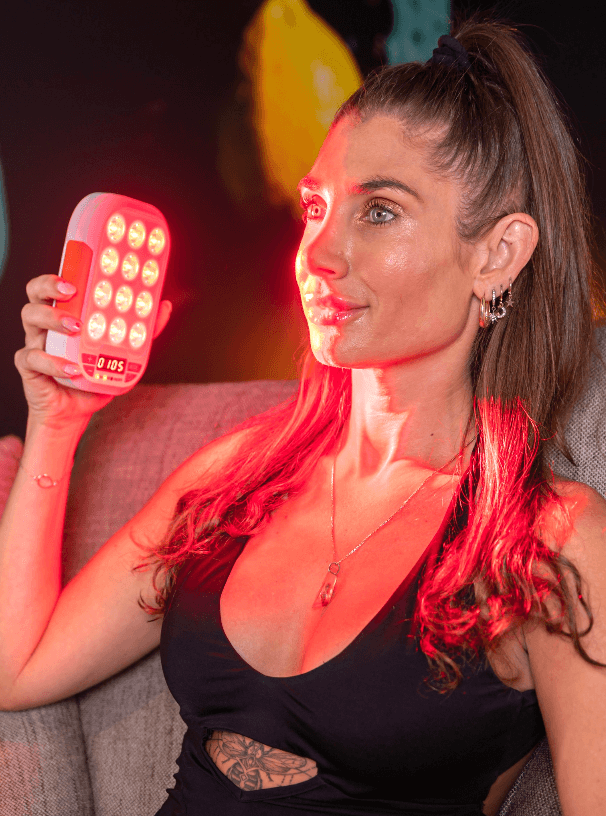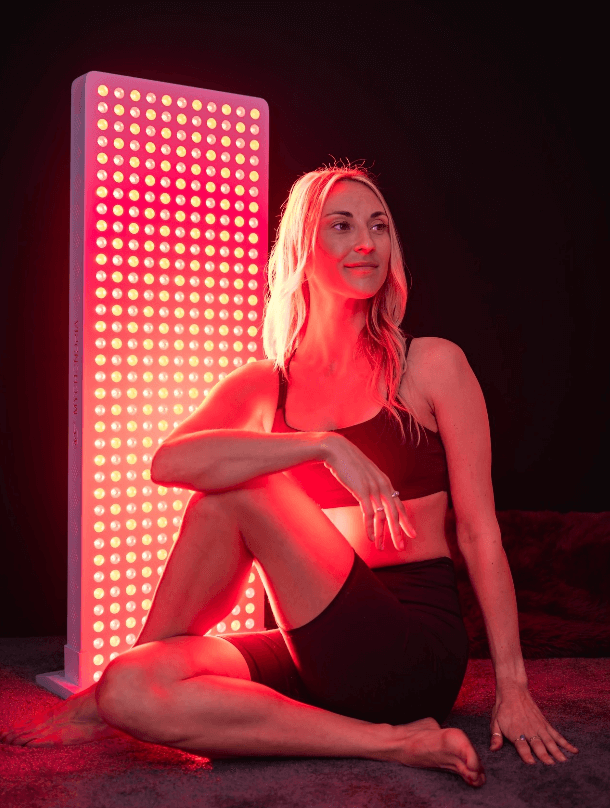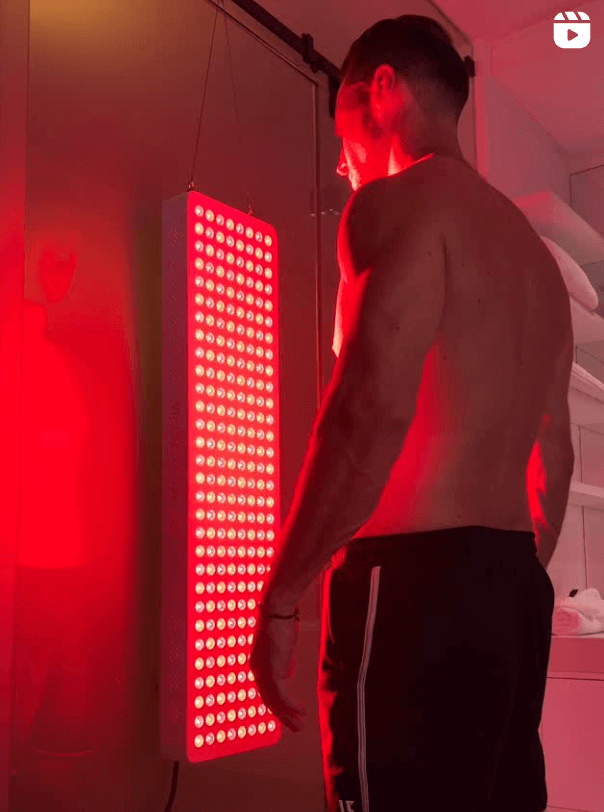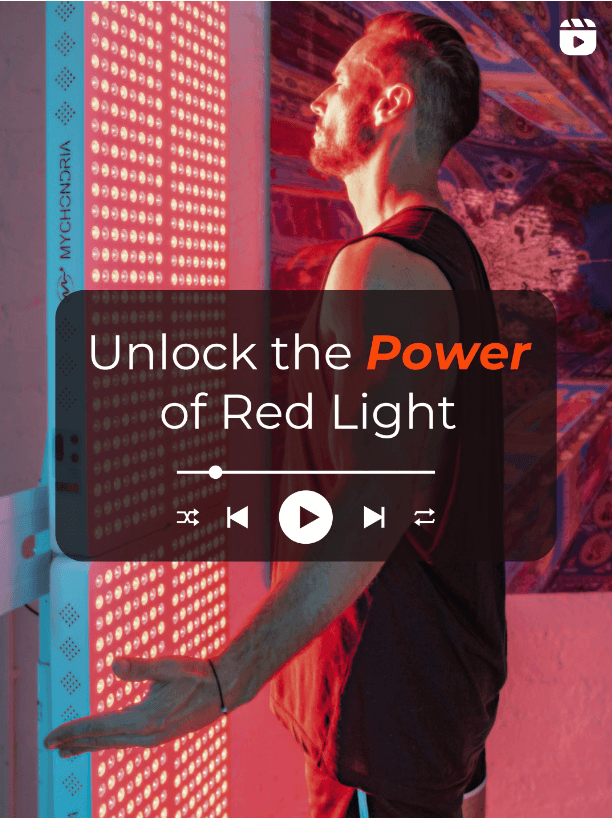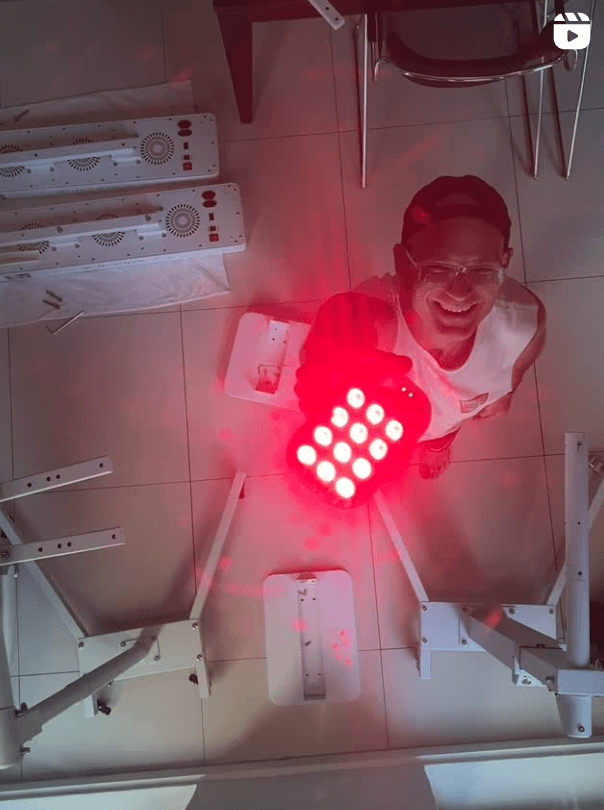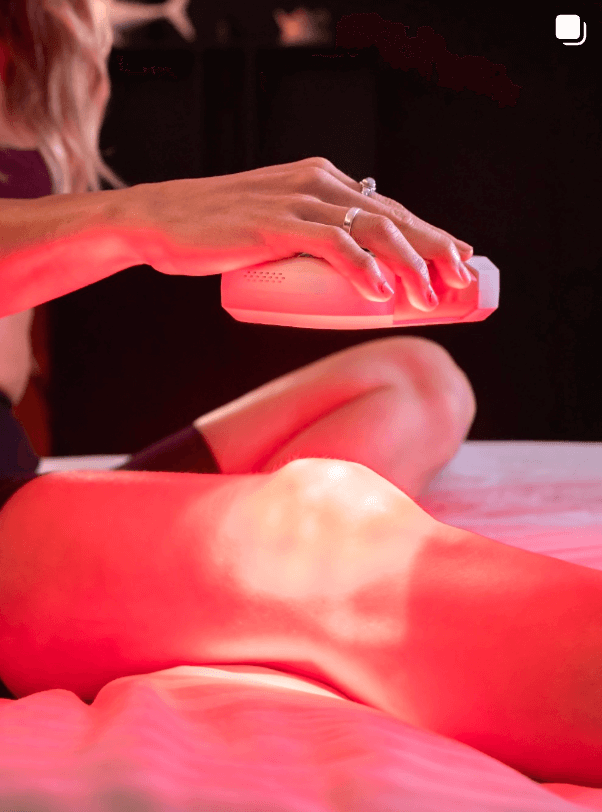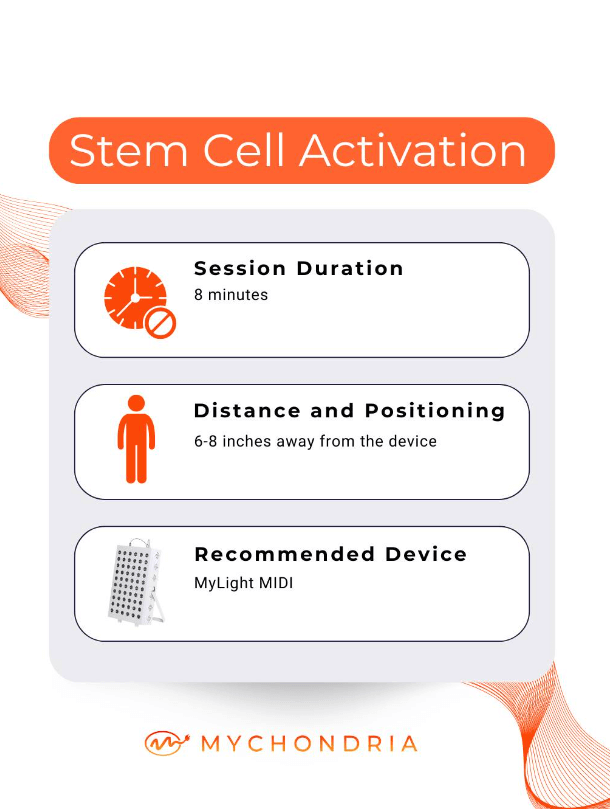
Injuries are almost inevitable during an athlete’s career. Following an injury, there are many factors that need to be considered before returning to sport. Athletes are encouraged to slowly re-enter into their training schedules whilst performing rehabilitation and conditioning. Return to play can be defined as the point in an athletes’ recovery from an injury when they are able to participate in a fully functioning state once again.
One ever-increasing tool that athletes are using to aid in rehabilitation post-injury is through red light therapy. This has been investigated for almost three decades, but we wanted to investigate how this works..
How does it work?
Red light therapy is a non-invasive tool that is routinely used to soothe muscle aches, increase muscular endurance and muscle mass. This is primarily due to the fact that the energy captured within the light that is exposed to the skin stimulates the production of ATP (adenosine triphosphate). More ATP means more energy for our cells to function, which means more effective and efficiently run bodily functions. In our muscles specifically, we can find the highest concentration of mitochondria in the body.
This means that they are particularly stimulated and receptive to red light exposure. As an additional bonus, red light is able to release the lipids contained within fat cells which provides even more energy for improved athletic performance. Through red light exposure, inflammation is reduced by increased blood flow to muscles bringing fresh and beneficial nutrients and antioxidants to required areas of the body.
Scientifically backed evidence:
This finding was particularly highlighted in a study performed on a group of athletes in 2016. This study looked at how athletic injuries could be improved using red light therapy, based on the pain control, blood flow enhancement and relaxation of muscular spasms after treatment.
A total of 395 injuries were investigated over a 15 month period, where injuries included tendonitis, sprains, strains and ligament damage. Each athlete received an average of 4.3 treatments per injury and the data of recovery per injury was compared with historically-based return-to-play with conventional medical treatments. Athletes were exposed to light at a wavelength of 830 nm at an intensity of 60 J/cm².
The results noted in this study were incredible. The athletes that were exposed to red light therapy alongside conventional athletic rehabilitation returned to play on average after 9.6 days. This was in comparison with athletes with the same injuries that did not receive red light therapy, who returned to play after 19.23 days. This means that red light therapy was able to significantly reduce the time required for healing post-injury and means that athletes could return to their sports in a far quicker time.
The athletes investigated in this study also reported a major reduction in inflammation in their bodies, as well as stating that the treatment was easy to use, while being safe and effective. The other added benefit is that these athletes showed no adverse effects to the treatment.
Why not!?
Whether you’re an Olympic athlete, a recreational ping-pong player or an avid gardener; injuries may happen. Equipping yourself with the best tools possible will reduce your downtime and ensure that you’re back to the activities that you love in no time!
Written by: Caroline Bursey
